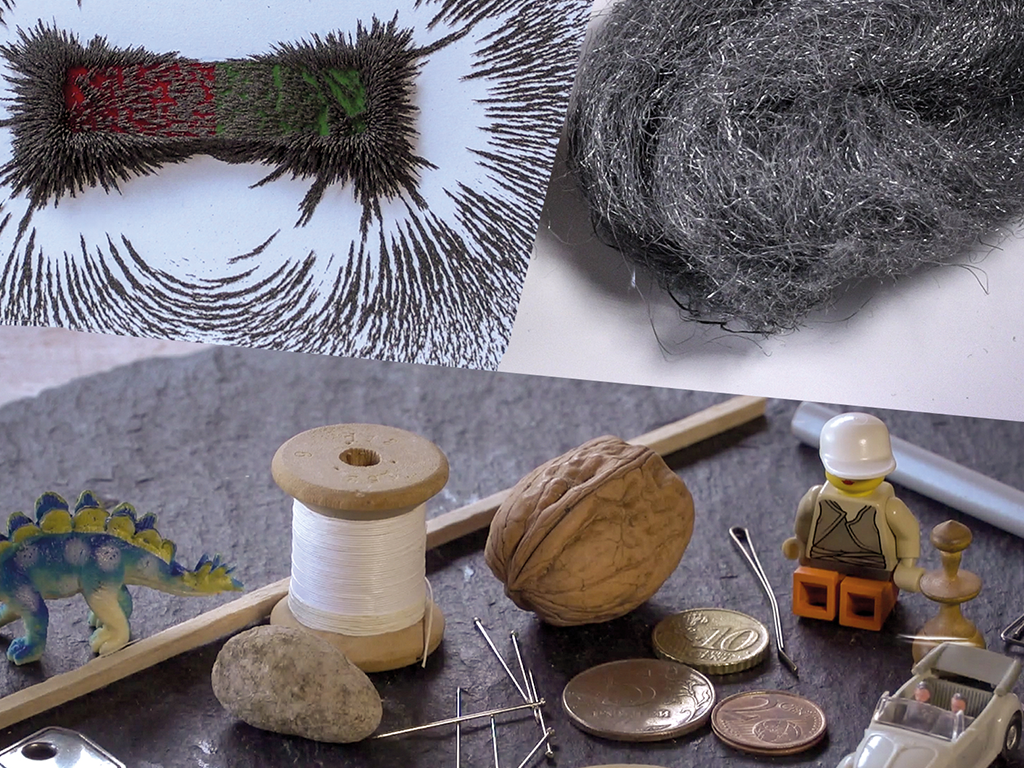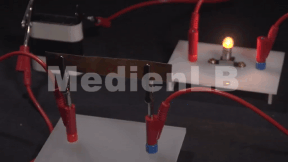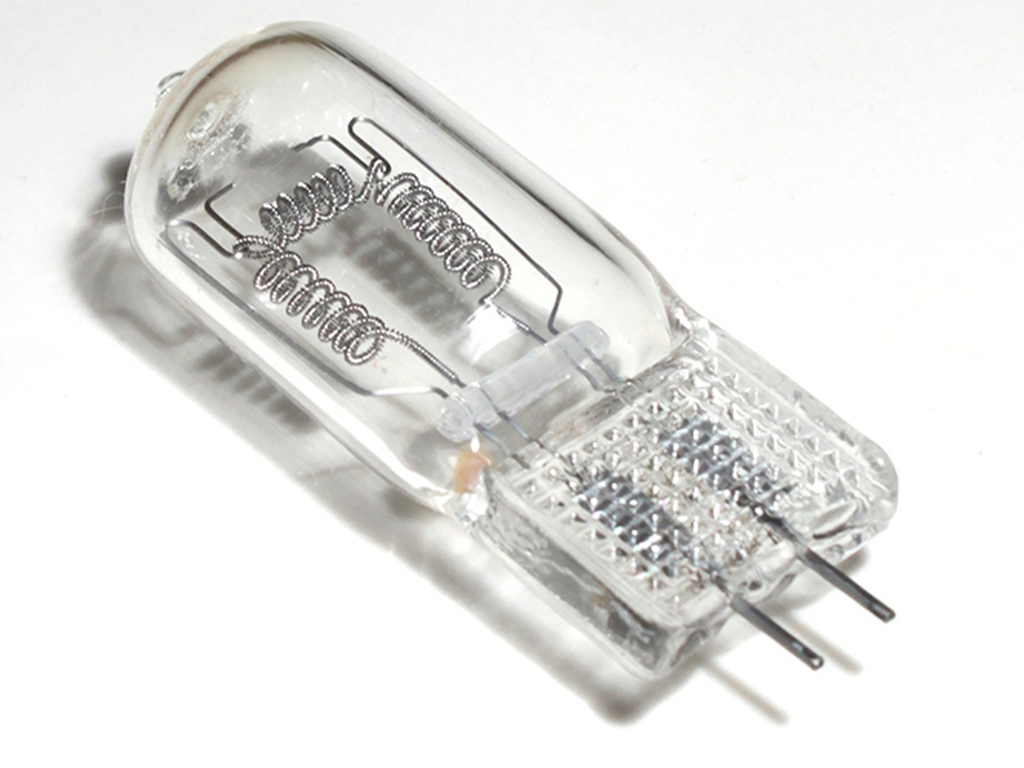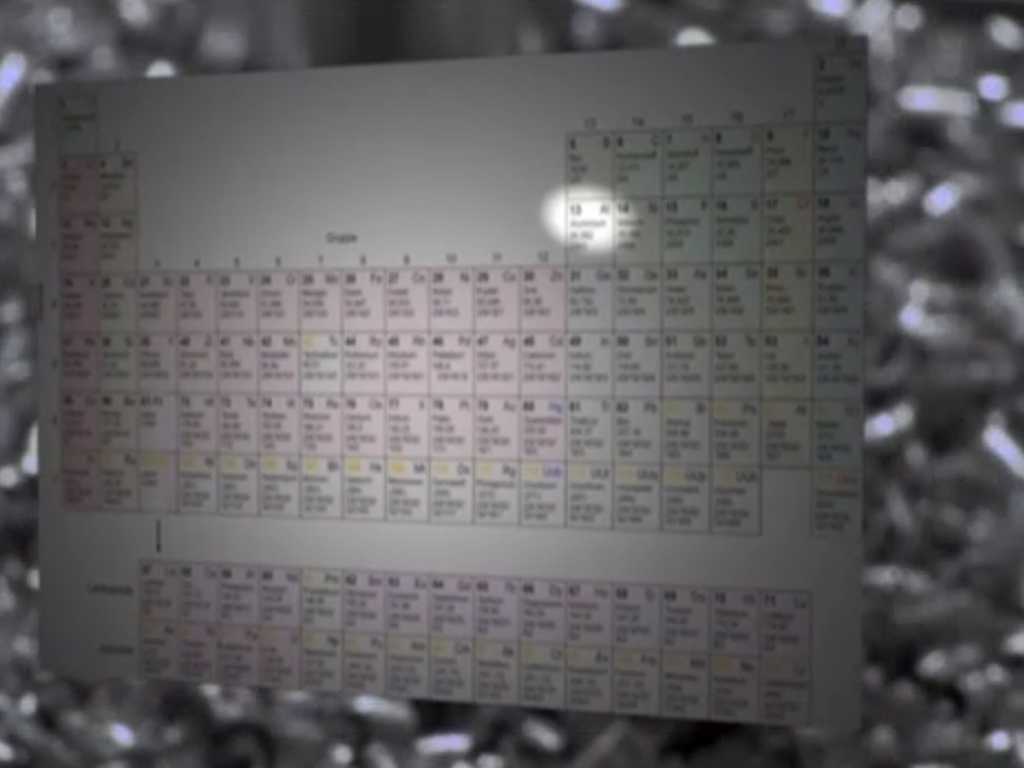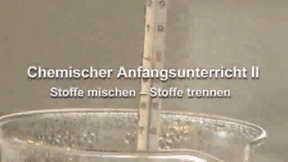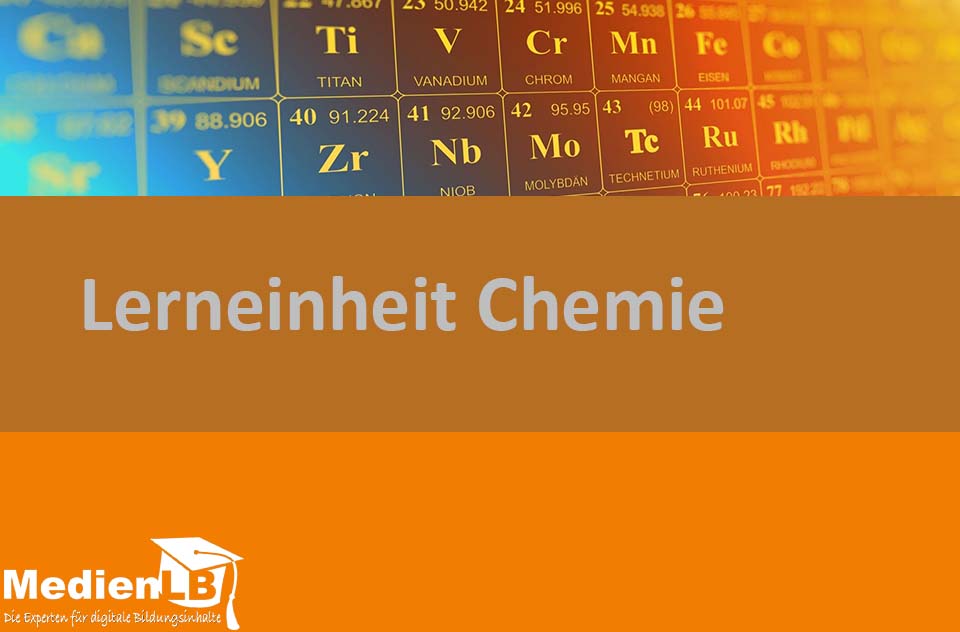
55503282
Periodensystem der Elemente
In 10 interaktiven H5P-Modulen wird Wissen zum Thema Periodensystem der Elemente eingeübt und anschließend abgefragt.
Das Medium bietet H5P-Aufgaben an, die ohne zusätzliche Software verwendbar sind.
Durch interaktive Aufgabentypen wird das audiovisuelle und interaktive Lernen einfach.
Lernen macht jetzt Spaß!
Included Tasks
- I Entstehung des PSE - interaktive Aufgaben
- II Periodensystem kennenlernen - interaktive Aufgaben
- III Gruppen und Perioden - interaktives Video
- IV Elementkarten beschriften - interaktive Aufgabe
- V Protonen; Elektronen; Neutronen - interaktives Video
- VI Bauplan der Atome - interaktive Aufgabe
- VII Symbole; Namen; Aggregatzustände - interaktive Aufgabe
- VIII Außenelektronen; Schalen; Elemente - Dialogkarten
- IX PSE-Wissen prüfen - interaktive Fragen
- X PSE-Quiz - interaktive Aufgabe
Curriculum-centred and oriented towards educational standards
Matching
Materials and Substances of Everyday Life
Hearing these words, you first think of the materials our clothing is made of. But all objects surrounding us in everyday life consist of one or several materials.
Halogens
The compounds of halogens are - with the exception of astatine - widespread, can be encountered in nature and are versatile substances. This fact is taken up on this DVD in order to teach the students the chemistry of the halogens by illustrating their special qualities and explaining the correlation of their structure with their chemical properties. In the first part, an overview of the element group of halogens lays emphasis on the common as well as on the distinguishing characteristics of fluorine, chlorine, bromine and iodine. In a second part, the specific properties of fluorine and chlorine are presented. This topic is linked to the students‘ everyday experience (fluorine as a protection against caries, chlorine as a disinfectant, etc.) on the one hand. On the other hand, the DVD presents carefully selected experiments. As a rule, they are of a kind that can only be realized with difficulty, or high expenditure in the chemistry classroom. With the help of these experiments, students are introduced to the chemistry of the halogens in a way that enables them to draw conclusions on the basis of their observations.
Basics of Chemistry II
When we take a closer look at substances, we discover that they consist of either one single element or of mixtures of several elements. Chemists therefore divide the world of substances into pure and mixed chemical substances. A pure substance is of homogeneous composition. Substance mixtures, however, consist of two or more pure substances. The many mixtures are subdivided not only into homogeneous and heterogeneous mixtures but depending on the respective aggregate states of their components, are classified into various groups of mixtures.




